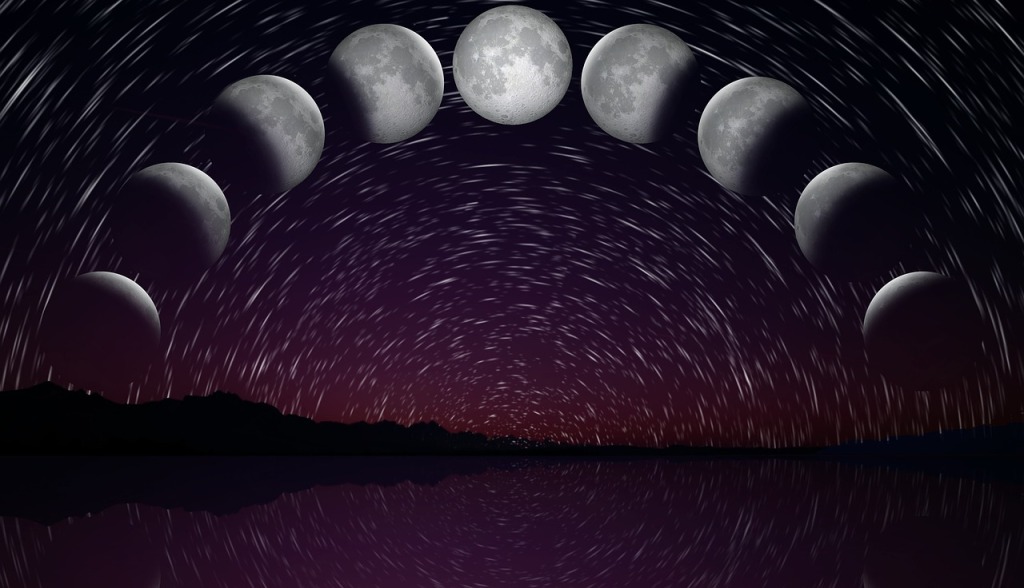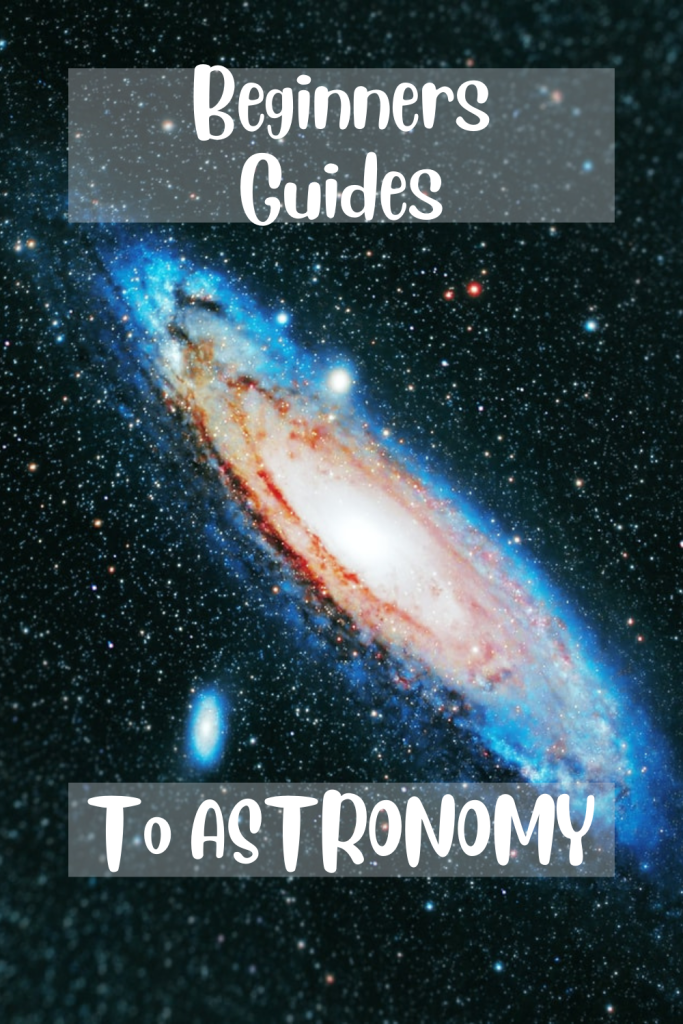Don’t forget the Solar Eclipse April 8, 2024
Check HERE to see if it’s viewed in your area.
As the seasons transition and springtime blooms, the April night sky offers a spectacular showcase of celestial wonders for budding astronomers and stargazers alike. From dazzling planets to mesmerizing meteor showers, April’s cosmic display is sure to inspire awe and wonder. In this beginner’s guide, we’ll embark on an astronomical journey through the April night sky, highlighting some of the most captivating sights and celestial events visible to novice observers.
1. The Majestic Constellations of Spring

1.1 Ursa Major and the Big Dipper
One of the most recognizable constellations in the northern sky is Ursa Major, the Great Bear, which hosts the famous asterism known as the Big Dipper. Look towards the northern horizon, and you’ll easily spot this prominent pattern of stars, with its distinctive bowl and handle shape.
1.2 Virgo and the Springtime Galaxies
To the southeast, the constellation Virgo takes center stage in April’s night sky. Virgo is home to the Virgo Cluster, a rich collection of galaxies located millions of light-years away. While individual galaxies may be challenging to spot without a telescope, the sheer magnitude of this cosmic congregation is awe-inspiring.
2. Planetary Parade in the Evening Sky
2.1 Venus: The Evening Star
As the sky darkens after sunset, Venus emerges as the brightest object in the western sky. Known as the Evening Star, Venus dazzles with its intense white light, making it impossible to miss. Look for Venus low on the horizon shortly after sunset, casting its celestial glow over the twilight landscape.
2.2 Mars and the Red Planet
Adjacent to Venus, you’ll find the reddish glow of Mars, the Red Planet. While not as bright as Venus, Mars still stands out in the evening sky with its distinctive hue. Binoculars or a small telescope can reveal surface features on Mars, such as polar ice caps and dark regions known as maria.

2.3 Jupiter and Saturn Rise
As the night progresses, the gas giants Jupiter and Saturn rise in the eastern sky. Jupiter, with its creamy white brilliance, outshines all other stars in the vicinity, while Saturn glows with a softer golden hue. Both planets are visible to the naked eye and offer stunning views through binoculars or a small telescope.
3. Lyrid Meteor Shower
3.1 Celestial Fireworks
One of the highlights of April’s night sky is the Lyrid meteor shower, which peaks around April 22nd. Named after the constellation Lyra, from which the meteors appear to radiate, the Lyrids are known for producing bright and fast-moving meteors. Find a dark sky location away from city lights, lie back, and enjoy the celestial fireworks show.
LOOK HERE for more information on Astronomy and Star Charts
4. Lunar Phases and Lunar Landmarks

4.1 Moon Phases
Throughout April, the Moon waxes and wanes through its lunar phases, from the slender crescent of the New Moon to the bright disk of the Full Moon. Each phase offers its own unique beauty and presents opportunities for lunar exploration and observation.
4.2 Lunar Landmarks
With binoculars or a small telescope, explore the Moon’s surface and discover its craters, mountains, and mare (dark plains). Look for prominent features like the Sea of Tranquility, where Apollo 11 landed, or the stunning Tycho crater with its central peak and bright rays.
5. Stargazing Tips for Beginners
5.1 Dark Sky Location
For the best stargazing experience, try to find a dark sky location away from city lights and light pollution. This will enhance your ability to see faint stars and celestial objects in the night sky.
5.2 Use a Star Chart or Stargazing App
A star chart or stargazing app can help you navigate the night sky and identify constellations, stars, and planets. These handy tools are essential for beginners and can enhance your stargazing experience.
5.3 Bring Binoculars or a Telescope
While many celestial objects are visible to the naked eye, binoculars or a small telescope can greatly enhance your views and allow you to see more detail. Consider investing in a pair of binoculars or a beginner-friendly telescope to enhance your stargazing experience.
Conclusion: Embrace the Magic of the April Night Sky
As April unfolds its celestial wonders, take the time to explore the night sky and marvel at the beauty of the cosmos. Whether you’re admiring the brilliance of Venus, spotting planets in the evening sky, or counting shooting stars during the Lyrid meteor shower, each celestial sight offers a unique opportunity for discovery and wonder. So gather your loved ones, step outside, and let the magic of the April night sky ignite your imagination and inspire your cosmic journey.
For more information on Astronomy GO HERE
In this beginner’s guide to the April night sky, we’ve highlighted some of the most captivating celestial sights and events visible to novice observers. From the majestic constellations of spring to the planetary parade in the evening sky, April offers a wealth of opportunities for exploration and discovery. So grab your binoculars or telescope, venture outside, and prepare to be enchanted by the wonders of the universe unfolding above you. Happy stargazing!




